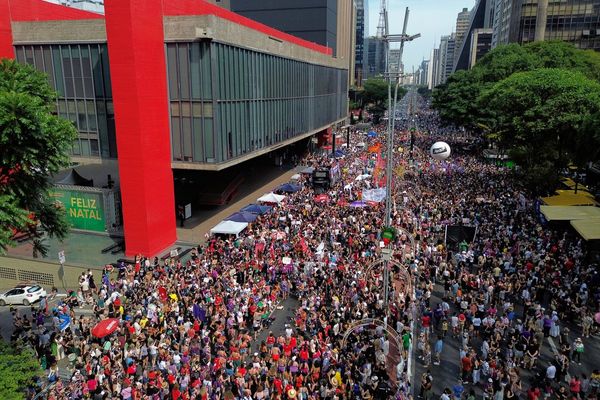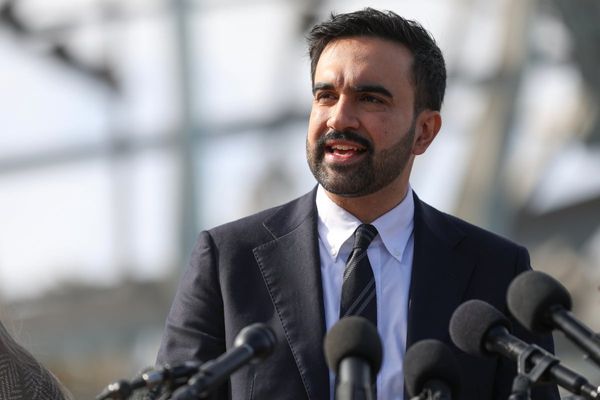
- Hyundai's automatic charging robot is up and running in Korea.
- The robot automatically detects an EV's charging port and plugs in.
- More robots are on the way, with Hyundai already bagging Korean and European certifications for safety.
A decade ago, Tesla wowed tech and EV enthusiasts with a snake-like robotic arm that could automatically find its way to the charging port of a Model S. The idea was that the owner could just park their EV in the garage and the robot would plug in the charging cable, all on its own.
Tesla dropped the idea, but others kept working on it. That includes the Hyundai Motor Group, which has now started a public demonstration program in its home country using a pair of artificial intelligence-powered EV charging robots.
By partnering with the Incheon International Airport in South Korea, Hyundai Motor has become one of the first companies in the world to offer a commercial-grade AI-based EV automatic charging robot (ACR) system.
Similar to what Tesla showcased 10 years ago, Hyundai’s tech does everything automatically, from grabbing the charging handle from its cradle to opening the charge port on the EV and plugging in the DC fast charger cable.

So, if you happen to need a top-up while dropping off someone at Korea’s largest airport, there’s a pair of automated DC fast chargers somewhere on the premises. That’s not a particularly enticing proposition, but it’s just the start of something that could potentially be a game changer. Sure, plugging in a DC fast charger is as simple as pie, but why not take advantage of the latest technology to make your life easier?
Wireless charging for EVs at decent speeds is still a distant dream, so this is probably the next best thing. Hyundai’s automatic charging robots could work in crowded underground parking lots where the driver needs to step out of the car and park it using the key. As luck would have it, Hyundai and Kia’s latest EVs can already do that.
The charging robots installed at Incheon will serve as a demonstration site for Hyundai Motor Group’s services, all while gathering user feedback to improve the system over time. Hyundai’s automatic charging robot debuted in 2023.

It uses a 3D camera system and an artificial intelligence algorithm to locate the charging port and plug in with an error of less than 0.4 inches (10 millimeters). The robotic arm works at temperatures between 14 and 140 degrees Fahrenheit (-15 to 60 degrees Celsius), making it suitable for all but the harshest environments.
“We expect this partnership to significantly enhance service and improve operational efficiency at Incheon International Airport,” said Hag Jae Lee, President and CEO of Incheon International Airport Corporation. “Moving forward, Incheon International Airport will continue to advance as the world’s leading digital airport, based on its excellent infrastructure and technological capabilities.”







